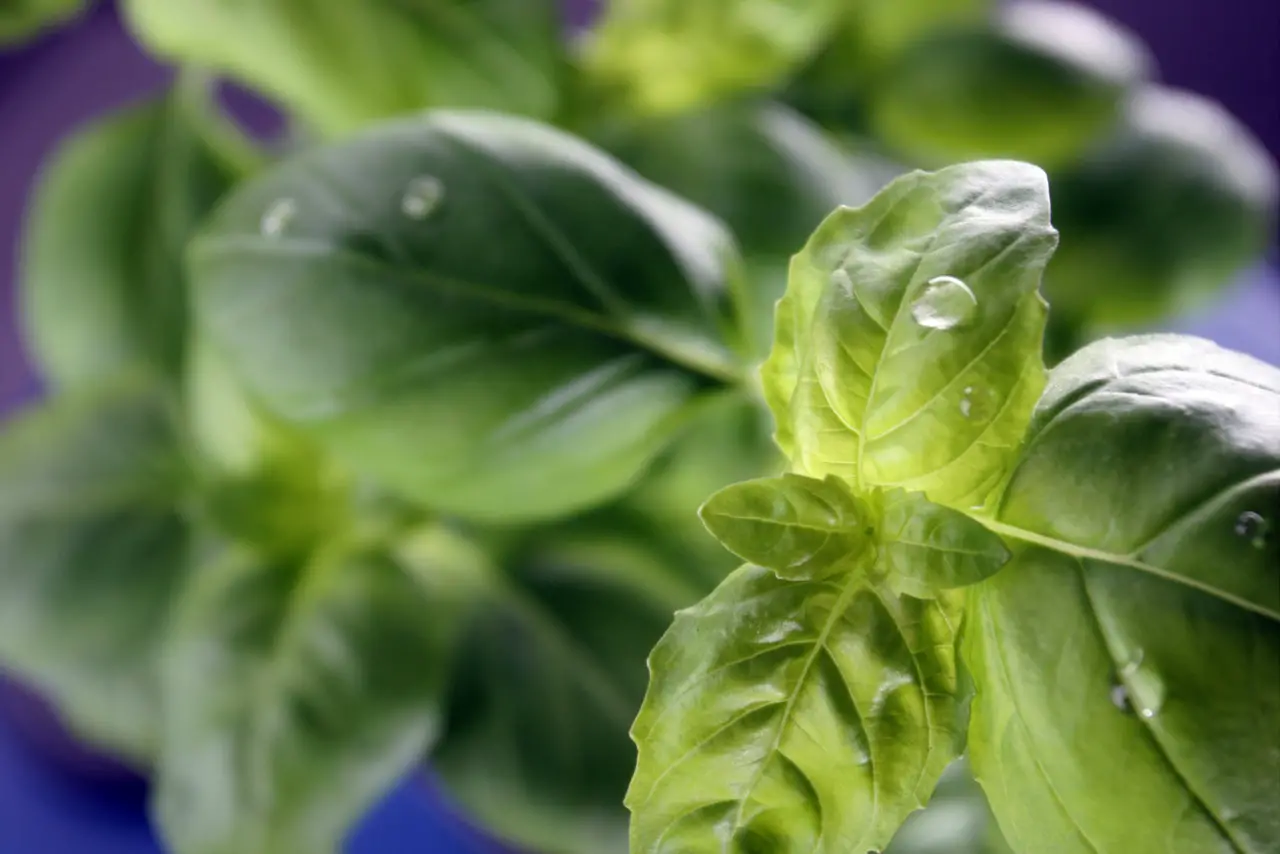Basil is truly not a poor eater. Unlike other types of herbs, its nutrient requirements are at a high level. Therefore, it is important to know how to fertilize basil properly in the bed and pot.
How to Fertilize Basil in the Bed
In terms of nutrient requirements, basil stands out as a heavy eater among culinary herbs. In order to achieve the desired growth, the soil should primarily be humus-rich and nutritious.
Of course, this is only an important starting condition, because, in the course of the growing season, an additional supply of nutrients in the bed is indispensable.
Here’s how to do it right:
- From May to September, apply compost and horn shavings weekly.
- Every 14 days, work additional granulated cattle manure into the planting soil.
- Rake the fertilizer in the dosage of 1/2 cup per 10 sqft.
- A thin layer of coffee grounds every now and then provides basil with nitrogen and keeps slugs away.
In this combination of various organic fertilizers, you can omit the addition of complete mineral fertilizers.
Such preparations on a chemical basis are anyway frowned upon on spice plants in the hobby garden, as in this case nitrate could be deposited in the leaflets.
How to Fertilize Basil in a Pot
In the narrow substrate volume of a plant pot, the nutrient supply comes even more into focus than in the herb bed.
In order for the spice plant to develop its full potential, the amount of fertilizer consumed must be adequately balanced. A little tact is required here because overfertilization also has a counterproductive effect.
This is how you handle the fertilizing issue skillfully:
- Supply basil in the tub weekly with organic liquid fertilizer.
- Alternatively, press guano fertilizer sticks into the substrate in May and July.
- If you plant your basil in pre-fertilized substrate, fertilize for the first time after 4-6 weeks at the earliest.
Basil on the balcony is also grateful for an additional dose of coffee grounds every 4 weeks. Here it should be remembered that coffee grounds lower the pH and should not be applied too frequently.
What About Ready-Made Basil?
If you do not sow your basil, but buy it as a ready-made plant, there is one important measure you should always be aware of.
Immediately pot out the purchased basil at home, divide it into 3 segments and plant them individually in a nutrient-rich compost-based substrate.
Otherwise, you will most likely not enjoy the herb plant for more than a week.


